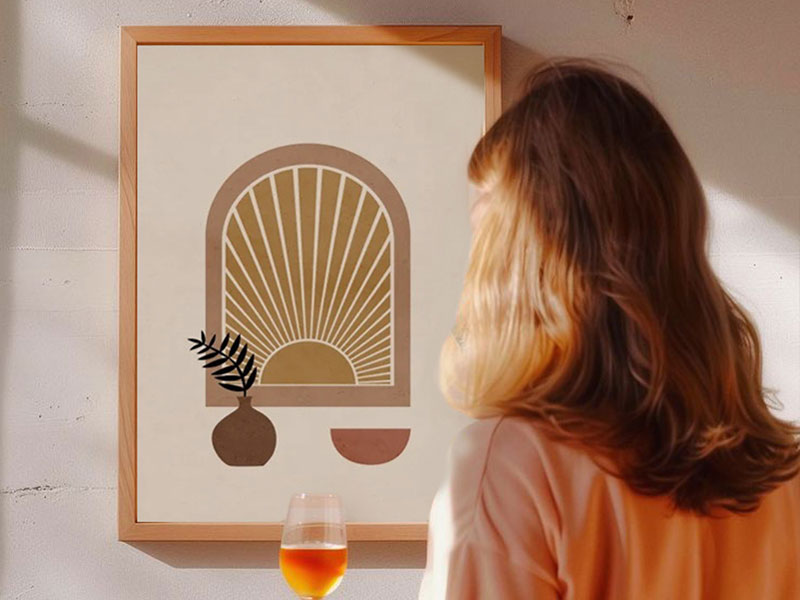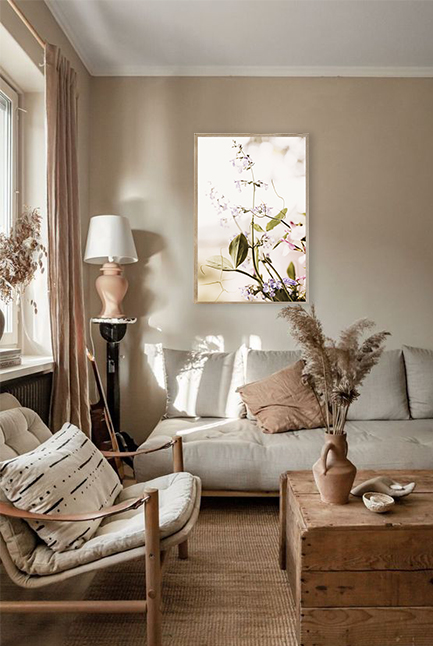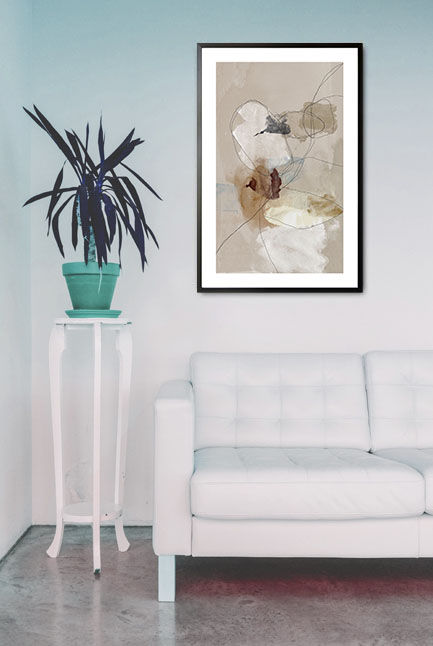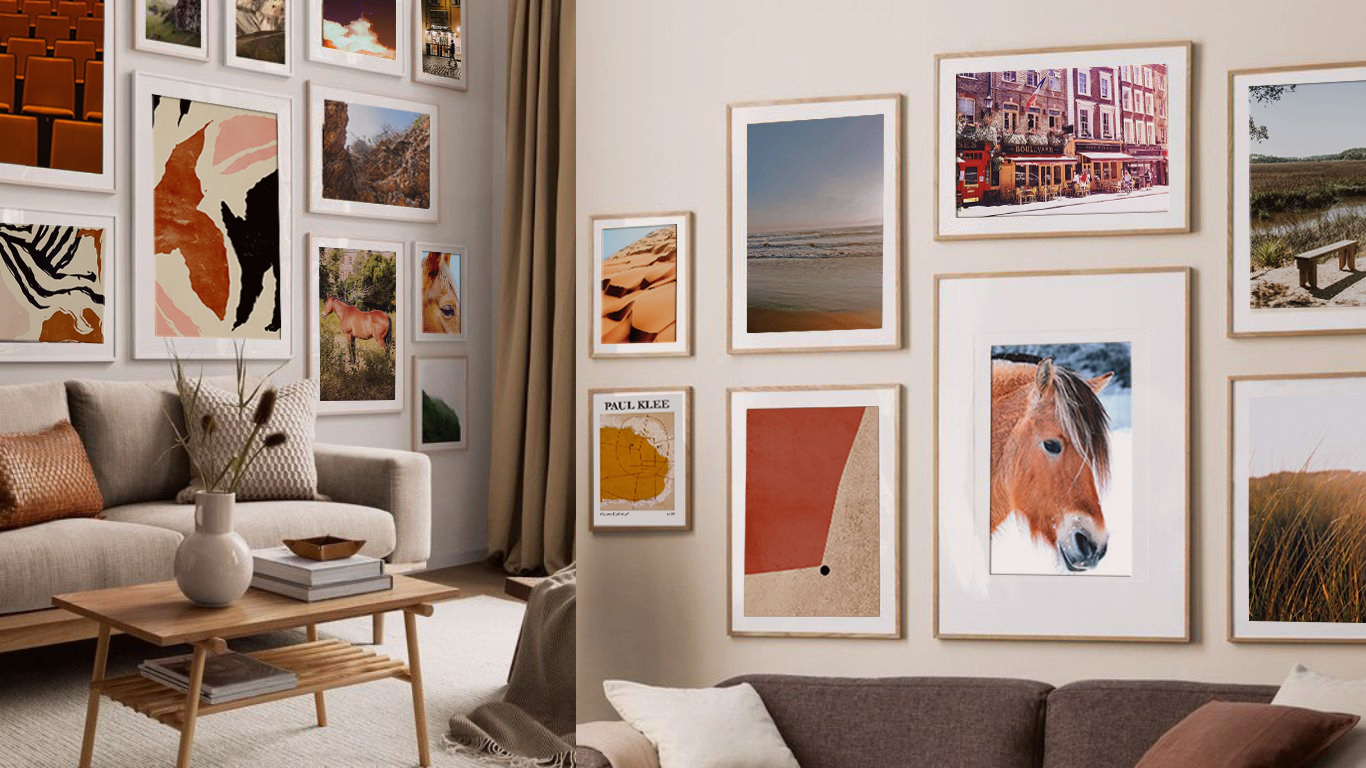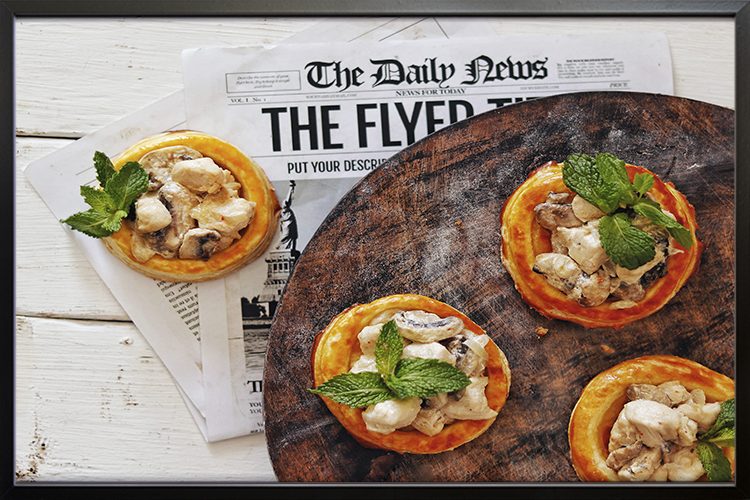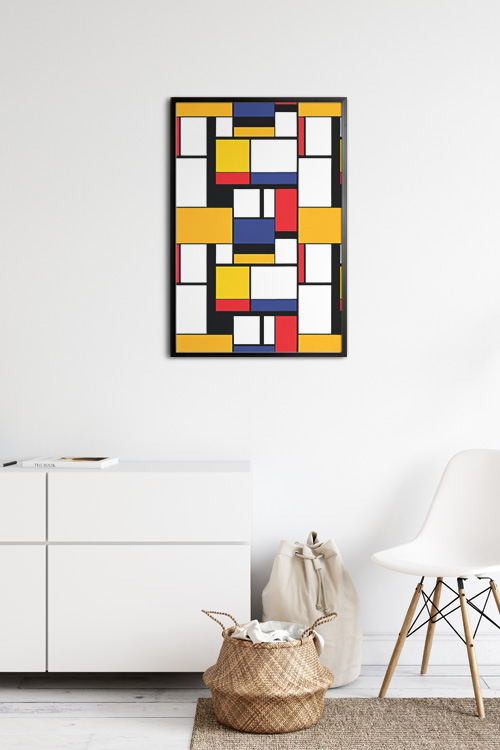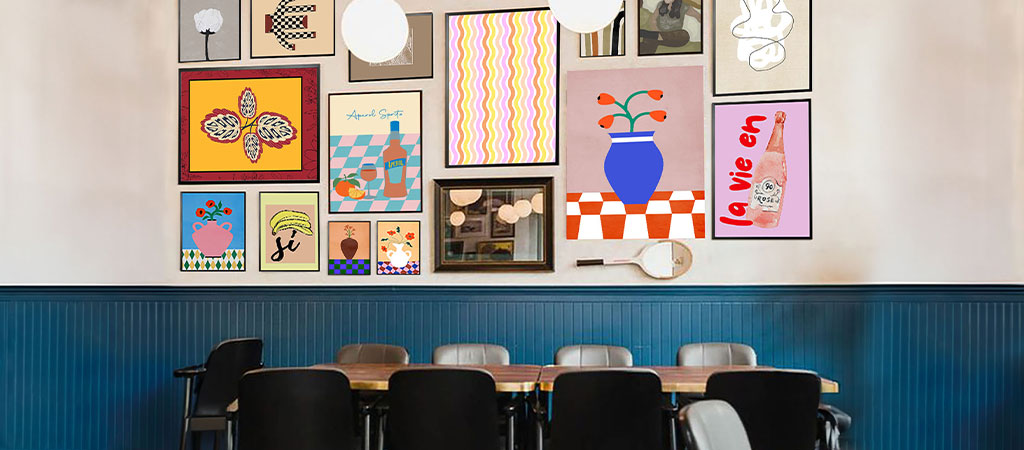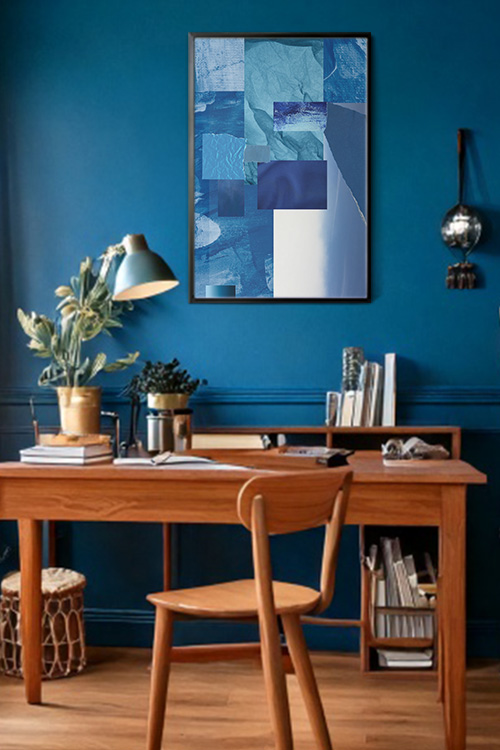
Smart homes sound like a luxury for tech enthusiasts or homeowners in highly developed countries. That’s no longer the case in our country. Smart home technology is becoming more relevant than ever here in the Philippines. With rising energy costs, busy urban lifestyles, and increasing concerns about home security, more Filipinos are starting to ask: “Is a smart home beneficial here?” Here are the benefits of having a smart home in the Philippines.
Cut Down on Energy Bills
For instance, you can schedule your air conditioner to run only when needed or turn it off remotely if you forget. Over time, this adds to real savings, something every Filipino household can appreciate.
You can schedule your appliances to run only when needed or turn them off remotely if you forget. Over time, this adds to real savings–something every Filipino household can appreciate.
Convenience for Busy Lifestyles
Between work, school, and navigating EDSA traffic, who has time to worry about whether they turned off the lights or locked doors?
Smart home tech brings a sense of relief to your fingertips. Whether it’s lights that turn on automatically at sunset, a coffee maker that starts brewing before you wake up, or voice assistants that remind you of meetings, smart devices help you save time and reduce stress.
This is especially helpful for busy professionals and working permits in Metro Manila and other urban areas.
Boost Home Security
Security is a significant concern in many Filipino neighborhoods. Smart home devices can help you monitor your home anytime, anywhere.
From motion-activated security cameras to smart locks and alarms, you can monitor your property in real time through your phone. You’ll get alerts for unusual activity, so you can act quickly even when out of town, providing security and peace of mind.
Ideal for Elderly and Multigenerational Homes
Many Filipino homes are multigenerational. Smart homes can significantly improve the quality of life for elderly family members or those with mobility issues.
Voice-controlled lights, appliances, and emergency systems make life more comfortable and accessible. It’s a modern way to care for our loved ones while giving them more independence.
Challenge? Yes, But They’re Changing
Of course, it’s not all smooth sailing. One of the biggest hurdles in the Philippines is internet reliability. Smart devices depend on stable Wi-Fi, and rural areas may still face slow or inconsistent service.
The good news is that Fiber and 5G internet are expanding nationwide, making smart home tech more viable outside major cities.
What About the Cost?
Smart devices can be pricey, especially the imported ones. But you don’t need to go all-in right away. Start small with smart bulbs, plugs, or a voice assistant, and build from there.
More affordable brands are also entering the Philippine market, making it easier for average households to join the smart home revolution without breaking the bank. This ensures that no one is left behind in this technological advancement.
In a Nutshell
To answer the question: “Is a smart home beneficial in the Philippines?” The answer is, “Yes!”
Whether you aim to save on energy, boost your security, or make your daily routine more efficient, smart home technology can be a game-changer. With the growing accessibility and improving infrastructure, there’s never been a better time for Filipino families to consider going smart.

